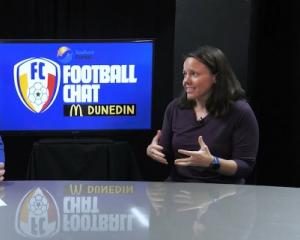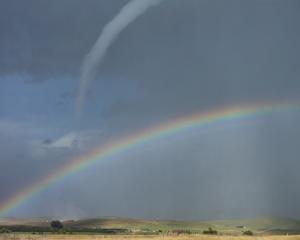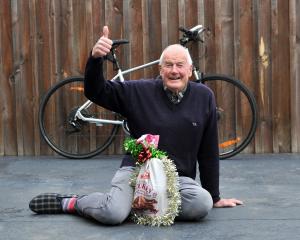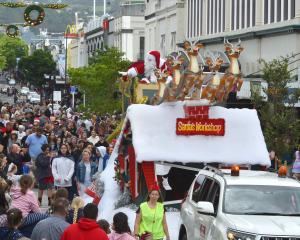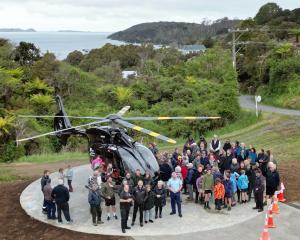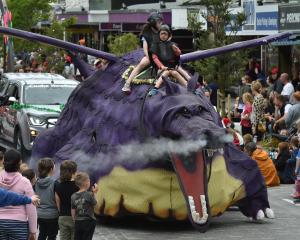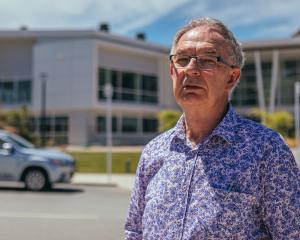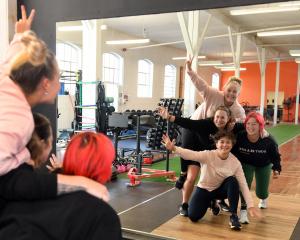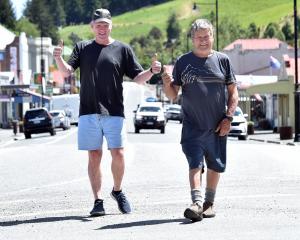The Costa Concordia has been pulled upright off the Italian island of Giglio, in a tense salvage operation that revealed the damage to a once gleaming cruise liner that had lain on its side for 20 months after capsizing, killing 32 people.
Brown mud covered what had been the submerged side of the ship, now gashed and crumpled under the vessel's own weight, a stark contrast to the pristine floating hotel which was carrying more than 4,000 holidaymakers and crew when it struck the rocks on January 13, 2012.
In a 19-hour operation that ended at 4am, the 114,500-ton ship was hauled up by huge jacks and cables and lowered onto underwater platforms drilled into the sea bed.
As it settled into position on a special "mattress", salvage master Nick Sloane sent a message to his teams announcing that the operation had succeeded.
"You could hear the guys were really chuffed all over, they were blowing their horns, jumping up and down," he told a news conference, fighting back tears as he recalled the moment.
A South African, leading the operation for the US-Italian consortium Titan-Micoperi, Sloane said the project was one of the most challenging he had ever worked on.
The "parbuckling" technique had never been tried on so large a ship in such a tricky position, with the added risk of an environmental disaster in the azure Tuscan waters.
Sloane said the most critical moment had been when the ship began to detach from the rock shelf as engineers applied more than 6,000 tonnes of pressure through the jacks and cables.
"At the start, when we got to 6,000 tonnes and she had not moved, people were getting nervous because that was getting into the high side of assumptions," he said.
The successful salvage was a contrast to the accident, a catalogue of mishap and misjudgement over which Concordia's captain, Francesco Schettino, faces multiple criminal charges including manslaughter.
Schettino, accused of causing the accident and abandoning ship, was widely seen as a symbol of all that was wrong with Italy, unsure of itself after years of recession and political scandal.
At a news conference in Rome alongside Franco Gabrielli, the official in overall charge, Prime Minister Letta said: "We demonstrated to the world and to the country that Italian public officials can assume onerous responsibilities."
Gabrielli said Italian engineering played a key part in the operation. "Today our country can resume the position and role which it needs to have," he told reporters.
After a three hour delay due to an overnight storm on Monday, the parbuckling operation took much longer than the 10-12 hours estimated but engineers said it had gone smoothly.
"It was a perfect operation, I would say," said Franco Porcellacchia, leader of Costa Cruise's technical team.
The Concordia salvage is expected to be the most expensive maritime wreck recovery ever, with costs that exceed 600 million euros ($800 million) and account for more than half of an overall insurance loss of more than $1.1 billion.
In a painstaking day of work on Monday, the Concordia was slowly pulled up by cables until it was high enough for ballast tanks welded to one side to start to weigh it down into place.
Oil booms surrounded the vessel to intercept waste water and oil trapped in the ship, and officials said there appeared to have been no significant environmental damage.
The work will not be complete until the vessel is towed away from the island, probably by next spring but Sloane expressed confidence for the next phases.
"The weather is the main thing, if you have good weather and you have a good plan, then you just have to follow the plan."

